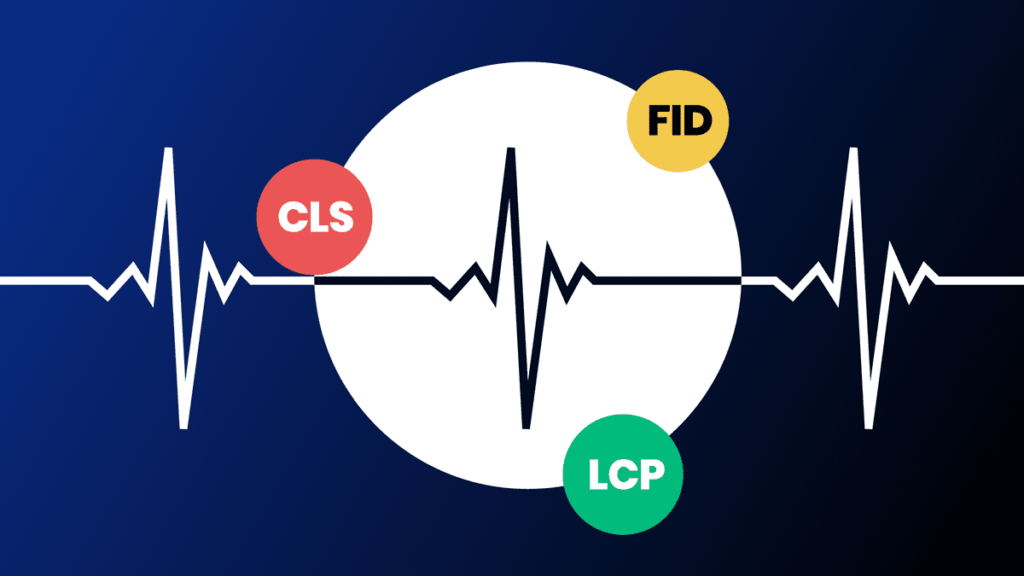Can Your Website Rank High: How to Perform a Complete Analysis of Your Website
Your website can make or break your business, especially if it is your moneymaker. Online presence and visibility are the ultimate power a business can have nowadays. During the last year and a half, the world has been functioning online. And thus, online competition is fiercer than ever. Having a fast and well-performing website that provides an excellent user experience is imperative. What is more, it must also be optimized for the search engines too.
Taking all of the things into consideration, it is clear that you must fight to be on the first page of Google results and attract your ideal clients to visit your website. How to analyze a website to make sure that it has all it takes to rank high? The answer is by conducting a website analysis both on the technical and content segments on the website. Let’s dive in.
What is a website analysis?
Website analysis refers to the process of analyzing and testing the website’s performance in terms of SEO, page loading speed, competition, and traffic. The analysis results will help you understand what needs to be improved, resolved, or changed so that it can get you the leads you want.
How to perform a website analysis?
The website analysis is a complex process that entails three main segments: technical, content, and competitive. When it comes to the factors impacting the technical superiority of a website, the tech analysis stands out.
The three main questions in the tech analysis are:
- How fast is the website?
- Are there any broken links?
- Is the website neatly organized?
1. How fast is the website?
A very important starting point is the answer to this question. A slow website is a huge lead repellent. In fact, if your website loads slower than 2s, you should be aware of the fact that your website visitors will lose the interest to stay and browse. So, the first thing to do is to check how your website performs when it comes to speed. There are many tools you can use online. However, one of the most profound and in-detail explanatory is Google’s PageSpeed Insights tool. It is free and easy to use. Not only does it show the website’s score, but also it gives a full diagnostic report of all the field data.
Another important piece of information related to website speed is the upcoming Google Core Update that is due to roll out in May 2021, and it will be about the Core Web Vitals. If your website is not optimized for the Core Web Vitals, you should expect to lose your ranking positions.
What are Core Web Vitals?

Core Web Vitals are the metrics that show the user experience of a website, mainly connected with how fast the website loads. There are three main Core Web Vitals:
- Largest Contentful Paint (LCP) – measures loading performance
- First Input Delay (FID) – measures interactivity
- Cumulative Layout Shift (CLS) – measures visual stability
To make sure that a good user experience is achieved, the LCP should occur within 2.5s when the page first starts loading. The FID should be less than 100ms, and the CLS should maintain a score of less than 0.1.
According to SearchEngineJournal, there are seven things to do to optimize the core web vitals:
- Preload Key Resources to Speed up Visual Load Times
- Optimize Main Thread Activity by Minimizing Long Tasks
- Reserve Space for Images & Embeds to Load Into
- Make Sure Key Page Templates Are Mobile-Friendly
- Audit Your Site for Security Issues
- Make Sure Forms & Embedded Resources Are Served Over HTTPS
- Ensure Interstitials Don’t Obstruct Crucial Content
2. Are there any broken links?
Broken links are damaging to your website’s authority, and the existence of those makes your site unreliable. In fact, in a recent Google Poll, more than 75% of online users said that broken links annoy them most on a website, choosing the option from the rest, including unnatural anchor text, duplicate content, and poor website navigation.
More than website visitors that hate broken links are the search engines. When they crawl a broken link, they can’t continue exploring the other pages. Plus, when a website visitor spends less time on the website, the Google bots evaluate the site as not trustworthy since it is not providing a good user experience.
How to find broken links?
The links can be internal and external. The internal links are linking pages on the same website, whereas external links are links going from one website to another. Regular monitoring of the links is recommended. For that purpose, you can use tools like Ahrefs or SemRush that give insights about what is happening with the links, both internal and external.
3. Is the website neatly organized?
This question refers to the necessity of sitemaps. A sitemap gives you information about everything you have on the website, including pages, videos, various files, and their relationship. Google reads the sitemap of your website and gets the idea of which the important pages are. Also, Google learns about what kind of valuable information you are offering, including details like the last updates of a page, any alternate language versions of a page, etc. A site map can give info about video and image content besides text as well.
Content analysis
Answering the question “how to analyze a website” involves a deep understanding of the site’s content. This is part of the website SEO check that comes in the form of an SEO website audit giving information about how relevant the site’s content is, how optimized it is with the pre-selected keywords, and how engaging it can be.
Content strategy is what makes the website visitor stay on the website. If you are feeding them with fresh, engaging, and informative content, they will keep on browsing, thus decreasing the bounce rate of the website. A lower bounce rate means that Google will evaluate the website as exciting and engaging.
When it comes to content optimization, including the keywords in a natural way is a must. The search queries that come up in the content must feel natural and smooth while reading. If you manage to create quality content, you will make both Google and the visitor happy.
To perform content analysis, you can use SEO tools like CognitiveSEO, Google’s API NLP tool, and others, but most importantly, you need to think outside the box.
Competitive analysis
The competition analysis goes beyond your website. It refers to the analysis of your competitors’ websites and checks what is it that makes them better than you online. Moreover, you reveal the threats they pose to your online success and identify the opportunities and advantages that you can use to improve your positions by overtaking their place.
Usually, the competitive analysis is conducted manually so that the exact data that is relevant to your website can be analyzed and compared. Of course, tools like SemRush or Ahrefs can help in the process of collecting data, but manual research will give you a more directed overview.
What about Website Traffic Analysis?
The organic traffic is exquisitely essential because it is the end-goal of every analysis: how to improve the website to be capable of receiving more traffic and leads. The website traffic analysis can be performed with the before-mentioned SEO tools: Ahrefs, SemRush, Moz, etc.
However, a comprehensive look into the matter you can get from the Google Search Console and Google Analytics that give such specifics that you will be aware of every action that happens on your website regardless of how small or big it is.
Making a Report

Once the Google website analysis is finished, and the SEO site checkup is done, it is time to prepare a website audit report where you can list all the findings. Based on that report, you can decide your next steps. Perhaps you will need to check the platforms for freelance developers and find the right talent to improve your website or work on the website creation process to build the website anew.
Some final words
Doing a website analysis is a work best done by both SEO experts and web developers since both specialists can give expert opinions about the site’s condition based on their research. How to analyze a website is a question best left to experts to answer; however, that doesn’t mean you need to be excluded from the process. You must know, at all times, what is wrong with your website and why it doesn’t perform well. Once you understand why, you can decide whether you need a web developer to build a website that will be fast, engaging, and with a good user experience, or you need to work on your existing one to improve it thoroughly.





